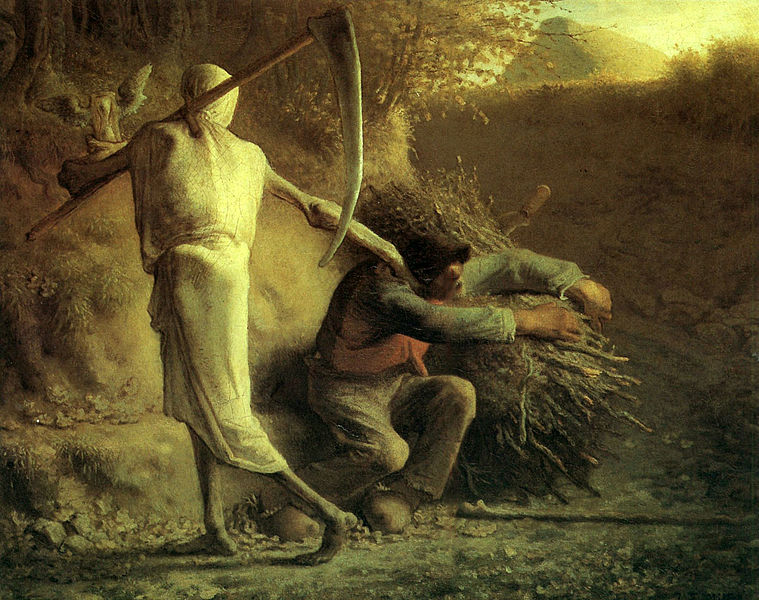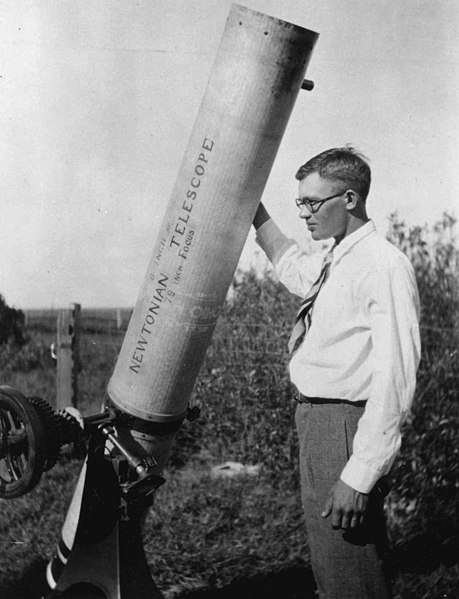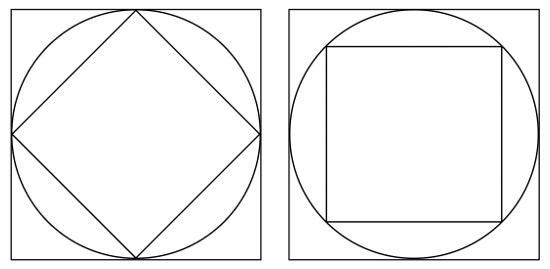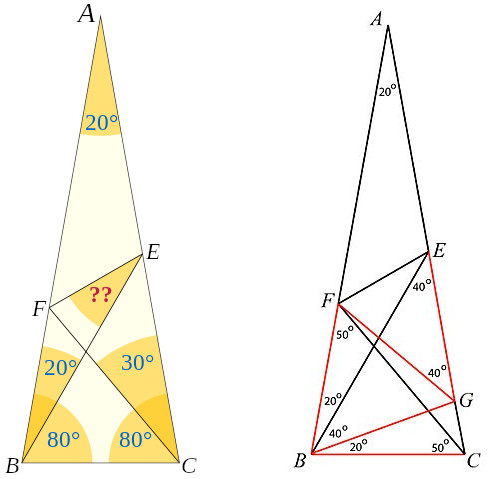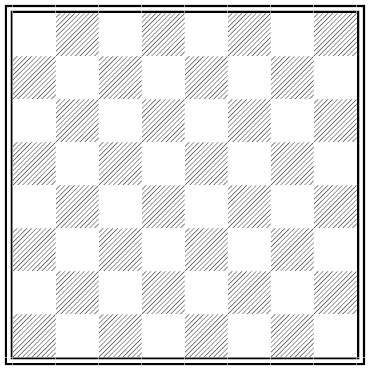A brewery stored its beer in a cellar some distance from the bottling plant. The cellar was cooled by pipes that circulated a saline solution from a central cooling unit. The main pipe that connected this cooling unit and the cellar happened to pass near the cellar of a retailer.
The brewery’s owner eventually discovered that the retailer was using the saline solution to cool his own cellar. He sued the retailer for theft, but the judge ruled, “In accordance with Article 242 of the Criminal Code, theft is the unlawful appropriation of commodities belonging to another party. In the present case no theft has been committed, since the saline solution was not misappropriated; rather, it was returned in its entirety to the brewery’s main pipe.”
The brewery owner appealed the case, arguing, “The issue is not the theft of saline solution but the theft of energy. If the saline solution is used to cool the defendant’s cellar in addition to my own, I have to pay more for electricity to operate the central cooling unit.”
The court of appeals ruled: “The saline solution acquires heat from the retailer’s cellar; therefore, energy belonging to the brewery is not being stolen. On the contrary, the brewery is receiving gratuitous energy from the retailer.”
This story appeared in a German scientific monograph, “Questions of Thermodynamical Analysis,” by P. Grassman. In propounding it in May 1990, Quantum added, “We all agree the judge was wrong, but not everyone can correctly explain his error. Can you?”

